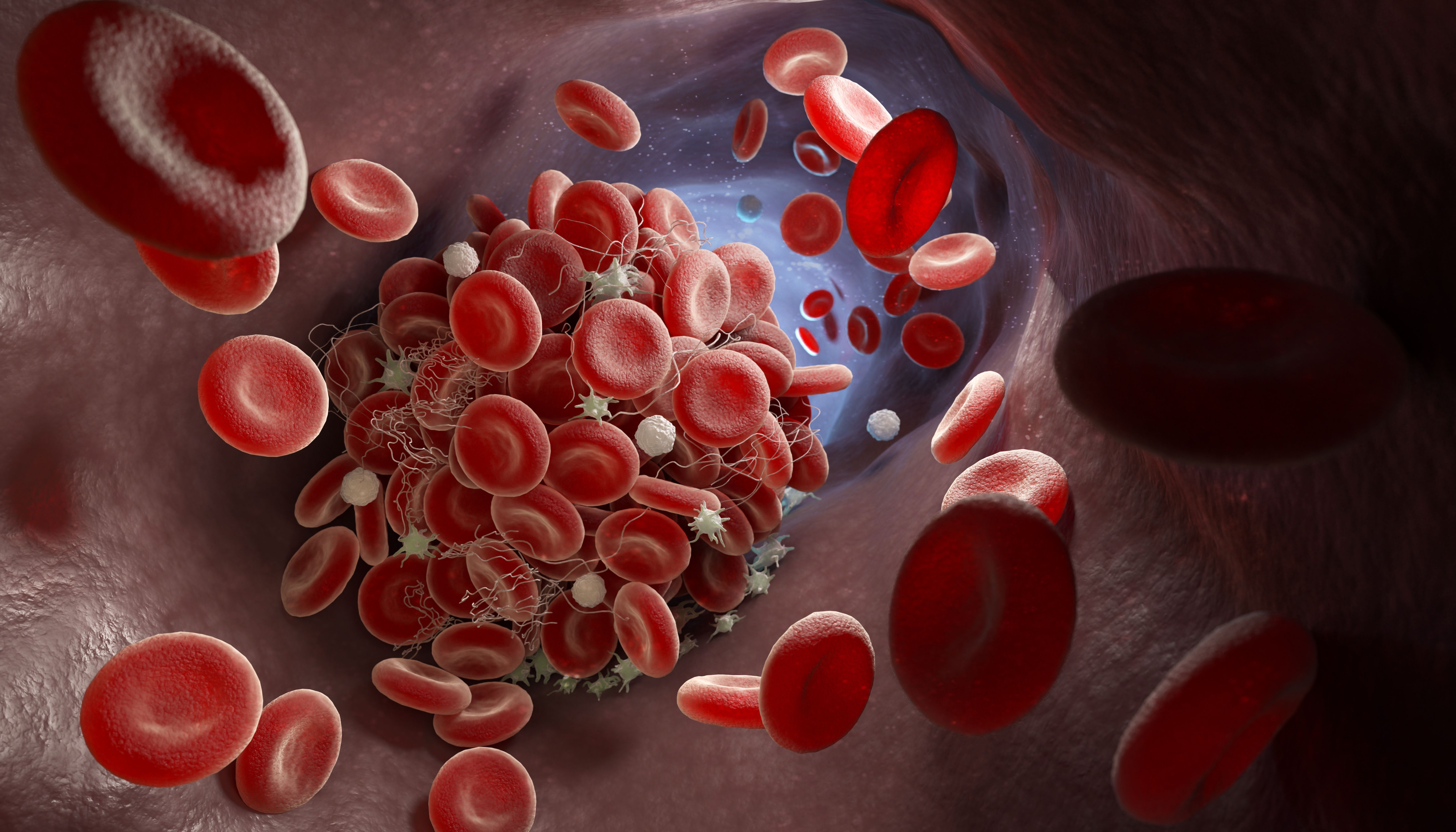Article
Frontline BTK Inhibitor Regimen Improves Outcomes in CLL/SLL
Author(s):
Frontline use of Imbruvica (ibrutinib) in combination with Gazyva (obinutuzumab) significantly reduced the risk for disease progression or death among patients with chronic lymphocytic leukemia (CLL) or small lymphocytic lymphoma (SLL), especially in those with high-risk disease.
Frontline use of Imbruvica (ibrutinib) in combination with Gazyva (obinutuzumab) significantly reduced the risk for disease progression or death among patients with chronic lymphocytic leukemia (CLL) or small lymphocytic lymphoma (SLL), especially in those with high-risk disease, according to data from the phase 3 iLLUMINATE trial.
Current standard of care for the frontline treatment of older patients with CLL, or for those with comorbidities, includes single-agent Imbruvica plus the chemoimmunotherapy chlorambucil and an anti-CD20 therapy. However, the addition of Gazyva to this standard of care has demonstrated superior efficacy over the chemoimmunotherapy regimen alone.
Therefore, the researchers conducted the international, open-label, randomized, phase 3 iLLUMINATE trial — which was presented at the 2018 American Society of Hematology (ASH) Annual Meeting — to determine the potential efficacy of combining Imbruvica and Gazyva in the first-line treatment of 229 patients with CLL/SLL.
Patients were randomized to receive either 420 mg of continuous Imbruvica daily plus 1,000 mg of Gazyva split on days one and two, and on days eight and 15 of cycle one, and day one of each subsequent 28-day cycle for six cycles; or 0.5 mg/kg of chlorambucil on days one and 15 of each 28-day cycle for six cycles plus the Gazyva dose.
At a median follow-up of 31.3 months, the median progression-free survival — or time to disease progression or worsening – was not reached in the Imbruvica/Gazyva arm, compared with 19 months with standard chemoimmunotherapy. Moreover, the estimate progression-free survival at 30 months was 79 percent and 31 percent, respectively. The frontline regimen was associated with a 77 percent reduction in the risk of progression or death compared with chemoimmunotherapy.
In addition, there was an 85 percent reduction in the risk of progression or death in patients with high-risk disease who were treated with the BTK inhibitor regimen.
The progression-free survival benefit with Imbruvica plus Gazyva was consistent across subgroups compared with chemoimmunotherapy — including those with bulky disease (median, not reached vs. 14.7 months), unmutated IGHV (not reached vs. 14.6 months), 11q deletion (not reached vs. 15.2 months) and 17p deletion (not reached vs. 11.3 months).
The most frequent side effects in the Imbruvica/Gazyva arm, compared with chemoimmunotherapy, included neutropenia (43 percent vs. 63 percent), thrombocytopenia (35 percent vs. 25 percent), diarrhea (34 percent vs. 10 percent), cough (27 percent vs. 12 percent), infusion-related reactions (25 percent vs. 58 percent), arthralgia (22 percent vs. 10 percent), pyrexia (19 percent vs. 26 percent), anemia (17 percent vs. 25 percent) and nausea (12 percent vs. 30 percent).
“Ibrutinib [plus] obinutuzumab represents an effective chemotherapy-free treatment regimen for patients with CLL—treatment-naïve patients—including importantly, for patients with high-risk features,” said lead study author Carol Moreno, M.D., who presented the findings during the meeting. “iLLUMINATE is the first study to prospectively evaluate a chemotherapy-free regimen against chemoimmunotherapy, including a genomically defined high-risk CLL population.”
In October 2018, the Food and Drug Administration (FDA) granted priority review to the frontline combination for these patients; and, if approved, the combination could become the first chemotherapy-free, anti-CD20 combination available in the United States for the first-line treatment of patients with CLL/SLL. Imbruvica, a first-in-class, once-daily Bruton’s tyrosine kinase (BTK) inhibitor, previously received FDA approval for the frontline treatment of patients with CLL, and also for patients with previously treated CLL, pretreated mantle cell lymphoma and Waldenström’s macroglobulinemia.




